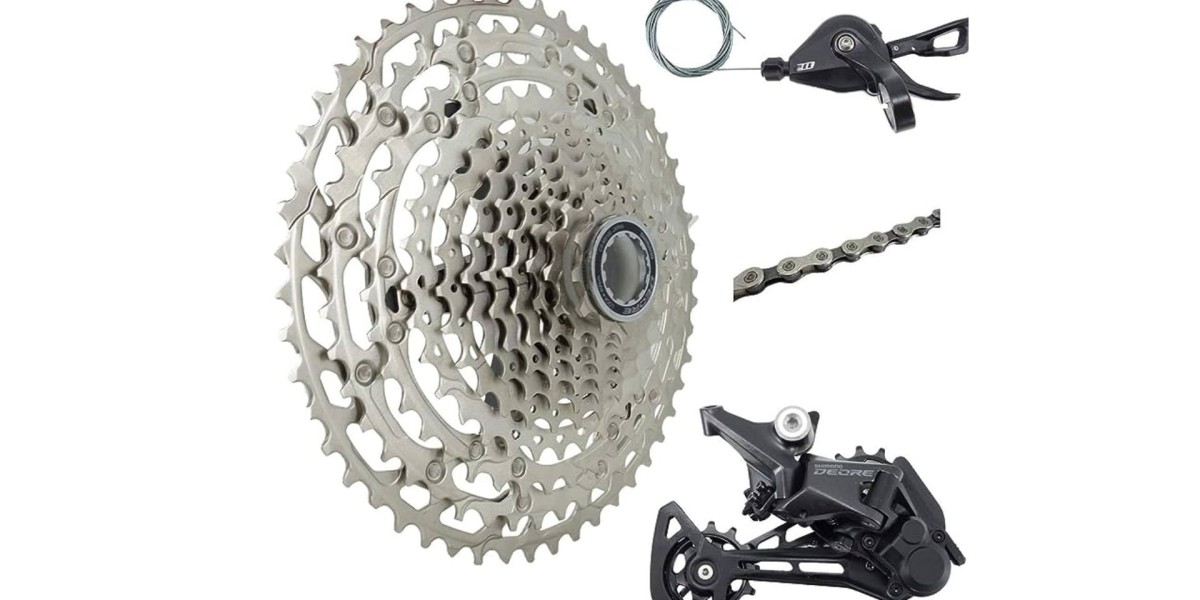PowerApps Components is a feature that allows users to create and reuse custom controls across multiple screens and applications. This feature provides a way for developers to save time creating complex user interfaces by building reusable components that can be easily customized and added to any PowerApp.
With PowerApps Components, users can create custom controls such as input forms, progress indicators, data tables, charts, and more. These components can be used in different PowerApps or shared with other users within the organization. This helps teams work more efficiently by reducing the need to recreate the same components over and over again for different projects. Additionally, it allows organizations to establish design standards that can improve consistency across all their applications.
PowerApps components are reusable building blocks that can be created and used within PowerApps to enhance app development and customization. Components allow you to encapsulate a set of controls, logic, and styling into a single unit that can be easily reused across multiple screens or apps. They provide a way to extend the functionality of PowerApps beyond what is available out-of-the-box.
Become a PowerApps Certified professional by learning this HKR PowerAppsTraining !
Here are some key points about PowerApps components:
Reusability: Components can be created once and reused across multiple PowerApps. This promotes consistency and saves development time by eliminating the need to recreate similar functionality or UI elements.
Customization: Components can be customized with properties that allow you to modify their behavior and appearance. These properties can be configured when you add the component to a screen or app.
Packaging: Components can be packaged and shared with others, either within your organization or with the wider PowerApps community. This allows for collaboration and promotes the sharing of best practices.
Lifecycle Management: Components have their own versioning and lifecycle management. You can update components independently of the apps that use them, ensuring consistency across your organization's apps.
Event Handling: Components can define and raise events, allowing interaction and communication with other components or screens. This enables complex interactions and integrations within your apps.
PowerApps Component Framework (PCF): PCF is a development framework that allows you to create custom components using web technologies like HTML, CSS, and JavaScript. With PCF, you can build advanced and highly specialized components to meet your specific needs.
Top 30 frequently asked PowerApps Interview Questions !
Conclusion:
In conclusion, PowerApps Components is a powerful tool that enables the creation of reusable components and expands the functionality of PowerApps. With its easy-to-use interface and drag-and-drop design, developers can create custom components in no time. The ability to share and reuse these components across multiple apps makes it an efficient way to streamline app development. Additionally, the integration with other Microsoft services like SharePoint and Dynamics 365 allows for even more possibilities. As businesses continue to embrace digital transformation, PowerApps Components provides a flexible solution for creating customized apps tailored to their specific needs. Start exploring this valuable tool today and unlock the full potential of your app development process!
If you want to know more about powerapps components, visit this blog PowerApps Components !



